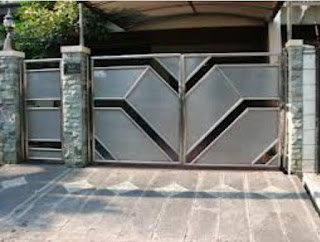Chrome Cover Fence


The first five year plan (Repelita I) of the New Order period ran from 1969 to 1974, and emphasized the rehabilitation of infrastructure, and accelerated production of basic needs, particularly food-crops. During these years the first of a series of regional development programmed was initiated; cash grants were made to every village unit in the country to encourage them to repair roads, irrigation works, and community halls and so on, and to build a new infrastructure. It was intended that these cash grants be combined with contributions of labor and materials from the villagers themselves. In addition, a development grant based on population was paid to each Kabupaten (the level of government below the province) for expenditure on road-building construction of irrigation infrastructure and other approved public works projects.
The second five year plan, Repelita II, which ran from 1974 to 79, was drawn up at a time of rapidly increasing world oil prices, and the extra resources enable the government to accelerate public expenditure on a range of infrastructure projects. The development grants to regional governments were increased and widened to include programmes designed to accelerate provision of elementary schools, and rural health clinics. The elementary schools programmes for example, financed the construction of some 6,000 school each year.
The Role of NGOs in
Since the early 1970s there has been a considerable growth in the role of Non-Governmental Organization (NGOs) in
Comments
Post a Comment